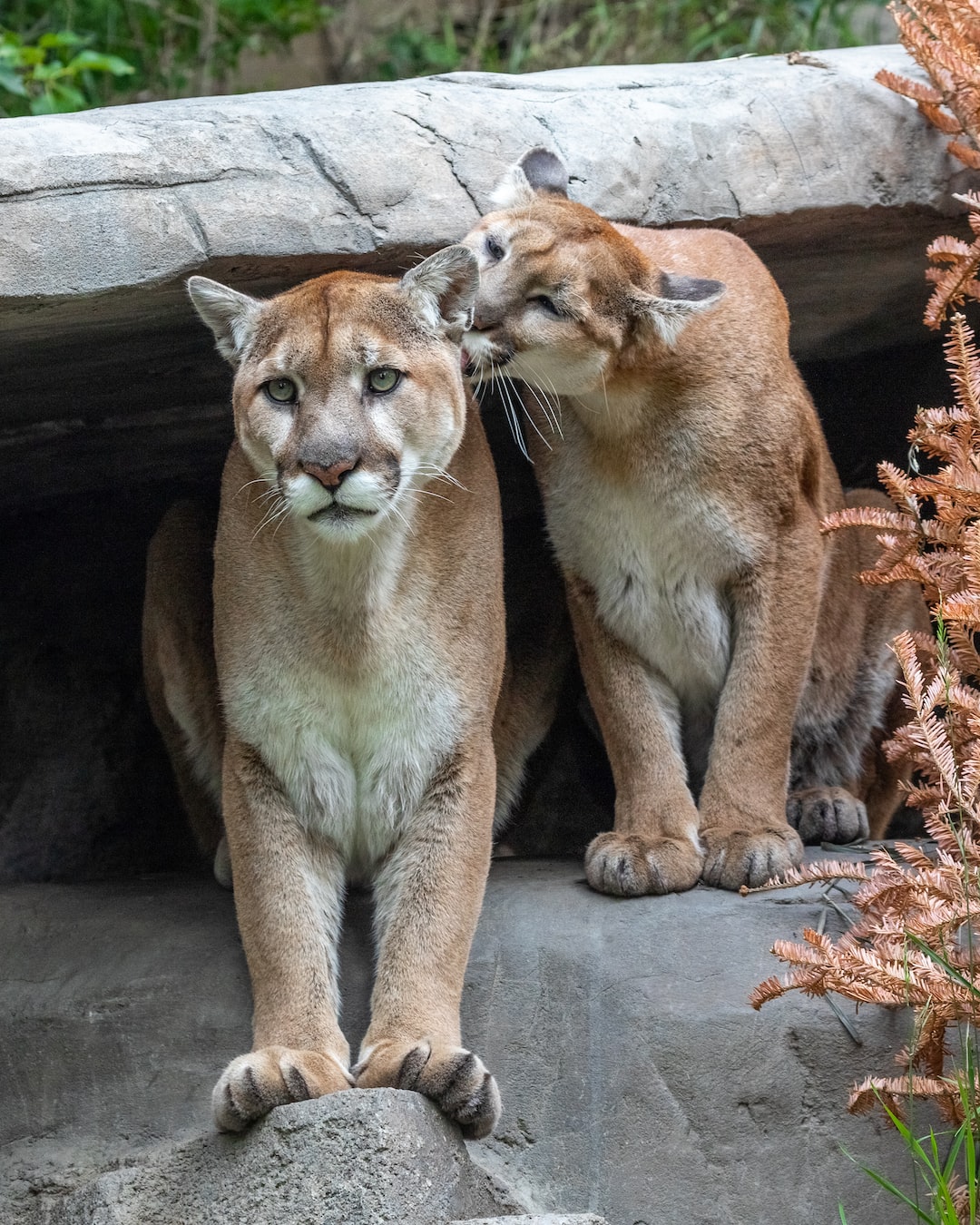The Power of Ant Societies: Unraveling the Complexity of Their Social Structure
Ants, those tiny creatures that we often overlook, have an astonishing ability to create complex societies. These social insects have evolved over millions of years to form intricate communities that rival even the most advanced human societies. From intricate division of labor to organized communication channels, the power of ant societies lies in the ability of these small creatures to work together towards a common goal.
One characteristic that defines ant societies is their division of labor. Each individual ant has a specific role to play in the community, whether it’s foraging for food, tending to the young, or defending the colony. This specialization allows the ants to maximize efficiency and productivity in their daily tasks. The queen, at the heart of the colony, is responsible for reproduction and maintaining the overall order of the society.
Perhaps one of the most fascinating aspects of ant societies is their ability to communicate and coordinate their actions. Ants use chemical signals, known as pheromones, to leave trails for other ants to follow. These trails can guide other ants to food sources or to specific locations within the colony. By laying down and following these pheromone trails, ants are able to work together and efficiently allocate resources.
Ants also use physical signals and behavior to communicate with each other. For example, when an ant finds food, it may perform a specific dance to communicate the location and quality of the food to other ants. This type of intricate communication system allows ants to make collective decisions and respond effectively to changes in their environment.
To further unravel the complexity of ant societies, researchers have started to study the genetic and molecular mechanisms that guide their social behavior. Certain genes have been identified that play a crucial role in determining an ant’s social role, such as being a worker, queen, or soldier. By understanding these genetic factors, scientists are gaining insight into the evolutionary processes that have shaped these societies.
The power of ant societies lies not only in their division of labor and communication abilities but also in their ability to adapt to changing circumstances. Ant colonies are known for their resilience and ability to respond to environmental challenges. For example, in the face of a food shortage, ants can reallocate resources and adjust their foraging patterns to ensure the survival of the colony as a whole. This adaptability is crucial for their survival in the ever-changing natural world.
Furthermore, some ant colonies exhibit a level of organizational complexity that rivals human societies. Supercolonies, consisting of multiple interconnected colonies, can span vast areas and support millions of individual ants. The coordination required to maintain these supercolonies is a testament to the power of ant societies and their ability to function as a collective.
The study of ant societies not only provides fascinating insights into the natural world but also offers valuable lessons for human societies. The ability of ants to work together towards a common goal, communicate effectively, and adapt to changing circumstances holds great potential for our own social systems. By understanding the intricate social structures of ants, we can gain inspiration for building more efficient, cooperative, and sustainable human societies.
In conclusion, ant societies are a marvel of nature. Their ability to establish complex social structures, division of labor, communication systems, and adaptability makes them a force to be reckoned with. The power of ant societies lies in their ability to work as a collective, always striving towards a common goal. By studying and appreciating these remarkable creatures, we can gain insights into our own social systems and unleash the power of collective collaboration in our societies.
